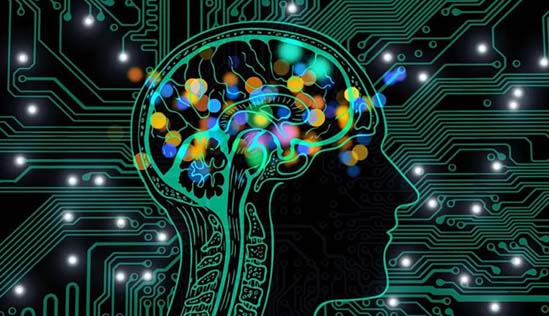When they first came into contact with PCB design, many people were at a loss, especially for those without any foundation, it was difficult to understand some knowledge points. In fact, you don't need to worry too much about this. After all, "the road is a step by step, and the knowledge is accumulated little by little."
1. PCB design software
There are many kinds of PCB design software, the main ones currently used in the market include the following: Cadence Allegro, Mentor EE, Mentor Pads, Altium Designer, Protel, etc. Among them, Cadence Allegro has the highest market share. Allegro software is used by large enterprises such as Huawei, ZTE, and Intel.
2. PCB design process
The basic PCB design process is as follows: preliminary preparation-PCB structure design-PCB layout design-PCB constraint setting and wiring design-wiring optimization and silk screen placement-network DRC inspection and structural inspection-PCB manufacturing.
3. Layout
On the basis of comprehensive consideration of signal quality, EMC, thermal design, DFM, DFT, structure, safety regulations, etc., the components are placed on the board reasonably. --PCB layout

PCB layout design is the first important design link in the entire PCB design process. The more complex the PCB board, the better the layout, the more directly affect the difficulty of the later wiring.
The layout should meet the following requirements as far as possible: the total wiring is as short as possible, and the key signal line is the shortest; high voltage and large current signals are completely separated from weak signals of low voltage and small current signals; analog signals and digital signals are separated; Separate low-frequency signals; the spacing of high-frequency components should be sufficient. Under the premise of meeting the requirements of simulation and timing analysis, local adjustments are made.
4. Simulation
With the support of device IBIS, SPICE and other models, use EDA tools to analyze the signal quality and timing of PCB pre-layout and wiring, and obtain certain physical electrical rule parameters, and apply them in the layout and wiring, so as to improve the physical of the board. Solve the timing problems and signal integrity problems in PCB design before implementation. Simulation is usually divided into two parts: pre-simulation analysis and post-simulation verification.
5. Wiring
Following the signal quality, DFM, EMC and other rules and requirements, the physical connection design between the device pins is realized.
PCB layout design is the process with the largest workload in the entire PCB design, which directly affects the performance of the PCB board.
The wiring types on the PCB mainly include signal lines and power and ground lines. The signal line is the most common wiring, and there are many types. According to the wiring form, there are single line, differential line, etc. According to the physical structure of the wiring, it can also be divided into strip lines and microstrip lines.
6. Via
Vias, also called metallized holes, are one of the important elements of PCB design. In double-sided and multi-layer boards, in order to connect the printed wires between the layers, a common hole, that is, a via hole, is drilled at the intersection of the wires that need to be connected in each layer.
Classification of vias
There are three types of vias, namely blind vias, buried vias and through vias.
Blind hole: located on the top and bottom surfaces of the printed circuit board, with a certain depth, used for the connection of the surface line and the underlying inner line, the depth of the hole usually does not exceed a certain ratio (aperture).
Buried hole: refers to the connection hole located in the inner layer of the printed circuit board, which does not extend to the surface of the circuit board.
Through hole: This kind of hole passes through the entire circuit board and can be used for internal interconnection or as a component installation positioning hole. Because the through hole is easier to implement in the process and the cost is lower, most of the printed circuit boards use it instead of the other two types of through holes. Generally speaking, through holes, unless otherwise specified, are considered as through holes.
7. FANOUT
In the PCB Layout process, FANOUT refers to fan-out punching. That is, short wires are drawn from the pad to punch holes, which are divided into automatic and manual.
8, 3W principle
In order to reduce the crosstalk between lines, the line spacing should be large enough. When the line center spacing is not less than 3 times the line width, 70% of the electric field can be maintained without mutual interference, which is called the 3W rule. If you want to achieve 98% of the electric field without interfering with each other, you can use a spacing of 10W.
9. Silk screen design
Silk screen, the logo on the PCB, is used to indicate the device or as a text description.
Silk screen design includes: component screen printing, board name, version number, barcode screen printing, mounting hole positioning hole screen printing, and board direction
Signs, gusset radiators, anti-static signs, positioning identification points, etc.
10. Package
Encapsulation refers to connecting the circuit pins on the silicon chip to the external joints with wires to connect with other devices.
Component packaging is simply the shape of the component or the shape presented on the PCB component. Only if the package drawing of the component is correct, the component can be soldered on the PCB board. Packages are roughly divided into two categories: DIP in-line and SMD form.